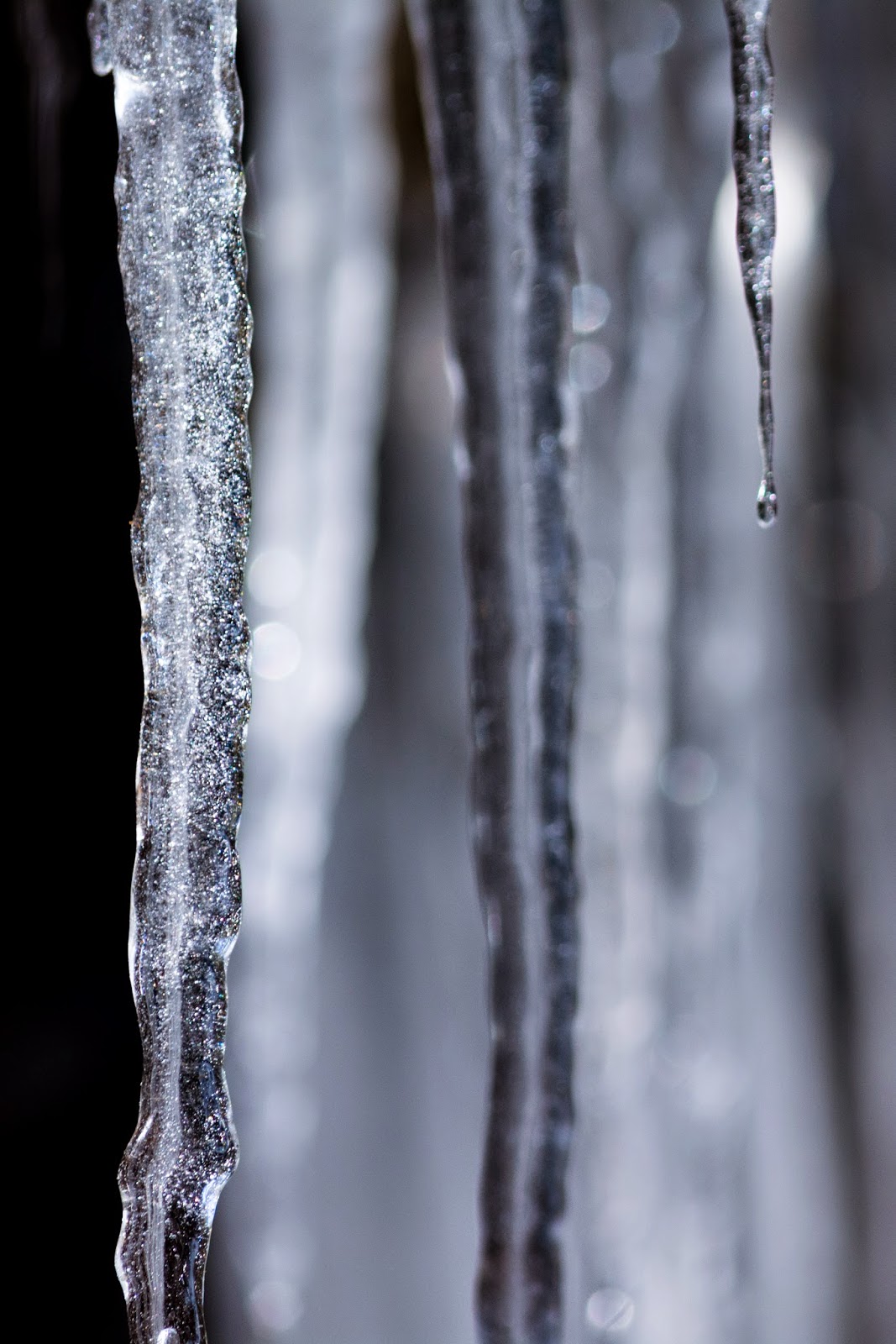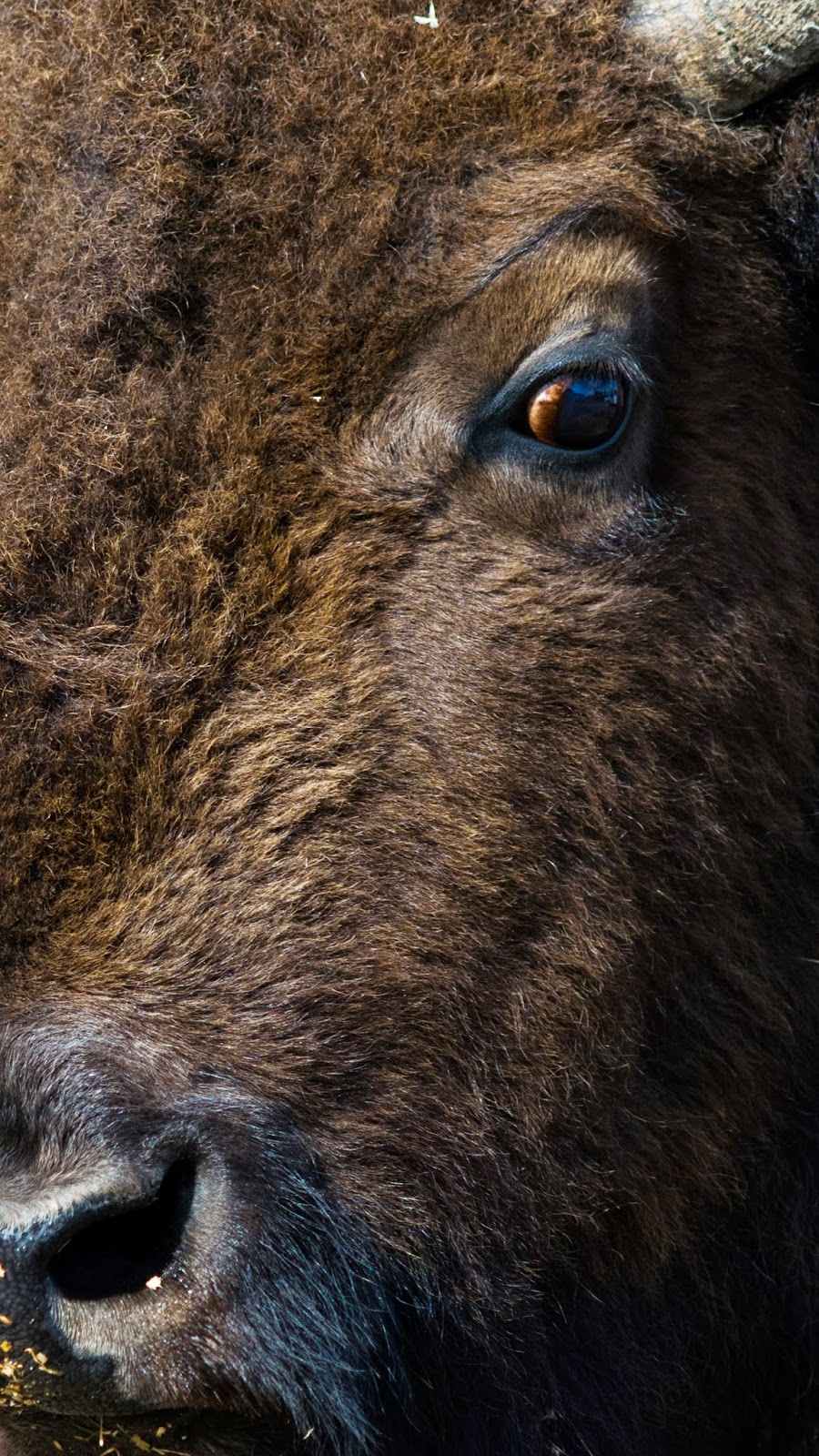3/26/15
f/3.5
18mm
ISO 2000
9.1 sec
18-55mm
Nikon D5200
3/21/15
f/6.3
300mm
ISO 800
1/50 sec
55-300mm
Nikon D5200
3/26/15
f/3.5
18mm
ISO 2000
9.3 sec
18-55mm
Nikon D5200
4/16/15
f/3.5
18mm
ISO 1600
13 sec
18-55mm
4/16/15
f/3.5
18mm
ISO 1600
13 sec
18-55mm
Nikon D5200
2/19/15
f/5.0
165mm
ISO160
1/640sec
55-300mm
Nikon D5200
3/26/15
f/5.6
55mm
15 minute
ISO 100
18-55mm
Nikon D5200
3/21/16
f/5.6
300mm
ISO 800
1/80 sec
55-300mm
Nikon D5200
2/1/15
f/5.6
300mm
1/800 sec
ISO 160
55-300mm
Nikon D5200
3/21/15
f/5.6
55mm
ISO 800
1/1000 sec
18-55mm
Nikon D5200
3/3/15
f/5.6
300 mm
ISO 800
1/50 sec
55-300mm
Nikon D5200
3/21/15
f/5.6
220 mm
ISO 500
1/1000 sec
55-300mm
Nikon D5200
3/21/15
f/5.6
220 mm
ISO 500
1/1000 sec
55-300mm
Nikon D5200
3/4/15
f/5.6
280mm
ISO 400
1/80 sec
55-300mm
Nikon D5200
3/4/15
f/5.0
22mm
ISO 400
1/125 sec
18-55mm
Nikon D5200
3/21/15
f/20
28mm
ISO 500
1/400 sec
18-55mm
3/4/15
f/5.6
300 mm
ISO 400
1/125 sec
55-300mm
Nikon D5200
3/21/15
f/20
40mm
ISO 500
1/640 sec
18-55mm
Nikon D5200
3/21/15
f/11
30mm
ISO 500
1/2500 sec
18-55mm
Nikon D5200
3/4/15
f/5.6
210mm
ISO 400
1/500 sec
55-300mm
Nikon D5200
3/21/15
f/11
165mm
ISO 500
1/500 sec
55-300mm
Nikon D5200
3/21/15
f/6.3
98mm
ISO 500
1/2000 sec
55-300mm
Nikon D5200
3/20/15
f/5
195mm
ISO 500
1/1250 sec
55-300mm
Nikon D5200
3/20/15
f/7.1
200mm
ISO 200
1/250 sec
55-300mm
Nikon D5200
3/20/15
f/7.1
300mm
ISO 200
1/400 sec
55-300mm
Nikon D5200
2/21/15
f/7.1
78mm
ISO 200
1/1600sec
55-300mm
3/21/15
f/11
50mm
ISO 200
1/250 sec
18-55mm
Canon EOS 7D
3/27/15
f/5.6
800mm
1/1000 sec
ISO 320
400mm+doubler
Canon EOS 7D
3/27/15
f/5.6
800mm
1/1000 sec
400mm+doubler
ISO 320
Canon EOS 7D
3/27/15
f/5.6
800mm
1/1000 sec
ISO 320
400mm+doubler







































